Product Management News
Medium
32

Image Credit: Medium
How I Saved $50K by Deleting Unused Features
- By deleting unused features, the author saved $50,000 in annual expenses and redirected the team's focus.
- The author assessed the analytics dashboard and found many features with minimal to no user engagement, yet requiring maintenance.
- Working with the DevOps lead, the author calculated the real cost of each feature based on CPU, storage, and maintenance time.
- The author communicated with the team and key customers before safe removal of features using a 'feature-toggle' branch to monitor potential issues.
Read Full Article
1 Like
Medium
12

Hot Mush
- The narrator reflects on feeling trapped in a cycle of consumerism and the demands of modern technology.
- They describe working in a job focused on selling things people don't need, surrounded by colleagues deeply invested in the digital world.
- Facing personal struggles, such as their mother's illness, becomes an excuse to escape the overwhelming pressures and distractions.
- In a realization of their own addiction to constant connectivity, the narrator commits to disconnecting from the noise and distractions to rediscover themselves.
Read Full Article
Like
Medium
737

Image Credit: Medium
An Engineer’s Rise to Product Thinking
- The article follows an engineer's journey from designing parts to leading product development for mobile networks.
- The engineer worked on real-life challenges in telecom infrastructure, such as installing towers in remote areas.
- The individual transitioned from focusing on technical specifications to defining success and learning business skills.
- By incorporating data fluency and business education with engineering experience, the engineer is prepared for product leadership roles.
- The content is not eligible for a web story as it lacks visual elements and concise points suitable for a short-form visual narrative.
Read Full Article
19 Likes
Medium
249
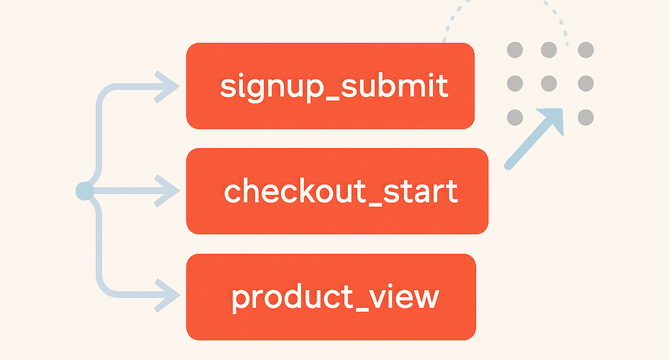
Image Credit: Medium
From Chaos to Clarity: Event Naming Best Practices
- Event tracking success hinges on proper event naming conventions.
- Consistent and structured event naming prevents data duplication, dashboard issues, and wasted development time.
- Leading teams adhere to naming formats like
- A systematic approach to naming, utilizing properties for context, and implementing namespacing contributes to efficient event tracking and analytics.
Read Full Article
15 Likes
Discover more
- Programming News
- Software News
- Web Design
- Devops News
- Open Source News
- Databases
- Cloud News
- Operating Systems News
- Agile Methodology News
- Computer Engineering
- Startup News
- Cryptocurrency News
- Technology News
- Blockchain News
- Data Science News
- AR News
- Apple News
- Cyber Security News
- Leadership News
- Gaming News
- Automobiles News
Medium
364

Reimagining Growth for Hotstar: A Product-Driven Strategy Playbook
- Hotstar is reimagining growth by implementing a product-driven strategy playbook.
- The Ansoff Matrix is being used to analyze the platform's growth potential through new products and markets.
- Strategies suggested include personalization, regional influencer push, tailored subscription plans, targeting the NRI diaspora, and introducing edutainment and gaming features for kids.
- The approach of allowing users to mix and match their content bundles aligns with modern viewer preferences, positioning Hotstar for future success in the OTT market.
Read Full Article
21 Likes
Medium
347
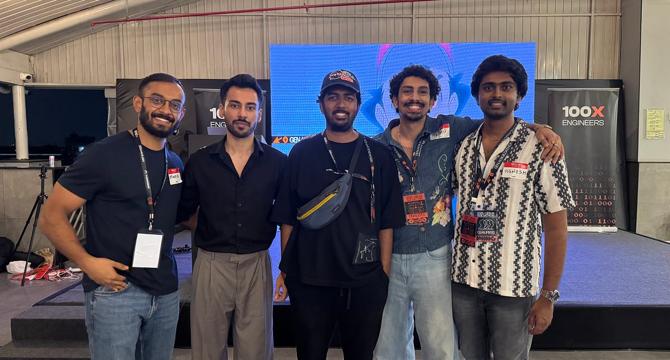
Image Credit: Medium
How to Launch an AI Product in 21 Days!
- The journey of launching an AI product in 21 days began with the 100x Buildathon, starting with 3,497 participants for the preliminaries and 217 making it to the semifinals.
- Despite not winning the overall Buildathon, the team found success in a partner problem statement and valued the intense learning experience over monetary rewards.
- The team's tech powerhouse of Vignesh and Madhu focused on product development while others handled user validation and outreach, utilizing social media tactics to attract consumers.
- Through conducting user interviews, securing Letters of Intent (LoIs), and learning lessons in rapid product development, the team showcased the value of teamwork, strategy, and execution in achieving ambitious goals within tight timelines.
Read Full Article
3 Likes
Logrocket
77
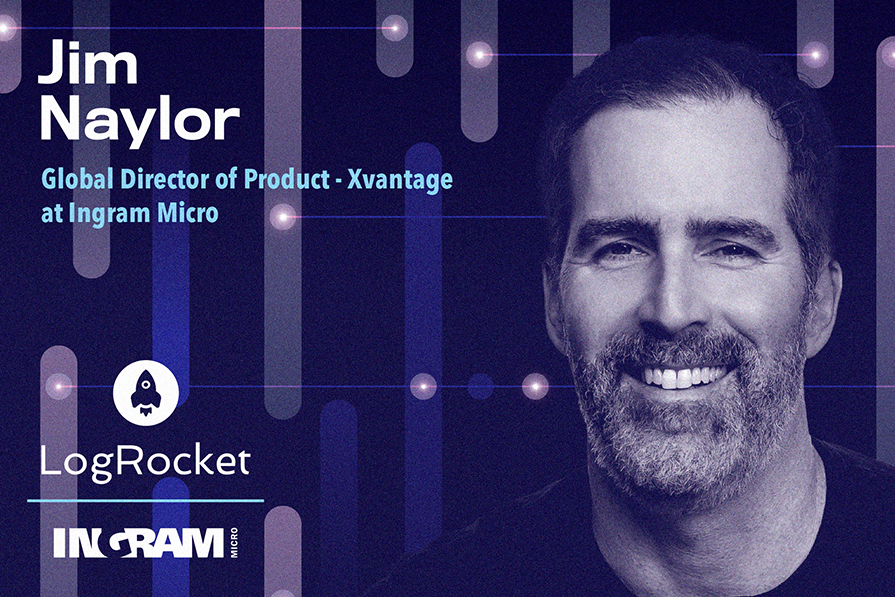
Image Credit: Logrocket
Leader Spotlight: Emphasizing clear, thoughtful documentation, with Jim Naylor
- Jim Naylor discusses the importance of treating documentation as intellectual property for businesses.
- He emphasizes the need for clear documentation to promote accountability and strategic leverage.
- Naylor coaches product teams to view documentation as crucial source of truth and continuity.
- He advocates for good data hygiene, data ownership by product teams, and proper classification.
- Naylor highlights aligning on accurate reporting, avoiding redundant documentation, and simplifying processes.
Read Full Article
4 Likes
Medium
37

Image Credit: Medium
Why Big Companies Fail at Failing
- In early-stage startups, failure is seen as a survival strategy where bad ideas are killed early to focus on the right ones.
- In contrast, in large corporations, failure is often treated as shameful, leading to time and resources being wasted on the wrong projects.
- Successful companies should be able to pivot and change course based on new information, as opposed to just focusing on delivering something.
- It's emphasized that positive failure is a necessity as it allows for quicker identification of what works and protects resources and people from wasted time and energy.
Read Full Article
2 Likes
Medium
32

Image Credit: Medium
Map Your Way to Product Delight: A Practical Guide to User Story Mapping.
- User story mapping is a visual exercise that helps product managers and development teams understand user journeys and prioritize work for delightful experiences.
- Jeff Patton pioneered the user story mapping technique, visualizing user interactions with a product and guiding teams sprint by sprint.
- A flat backlog makes it hard to prioritize features and see the big picture, leading to chaos. User story mapping solves this issue by creating holistic views.
- The process involves identifying user personas, defining goals or activities, and prioritizing tasks based on importance and user perspective.
Read Full Article
1 Like
Medium
4
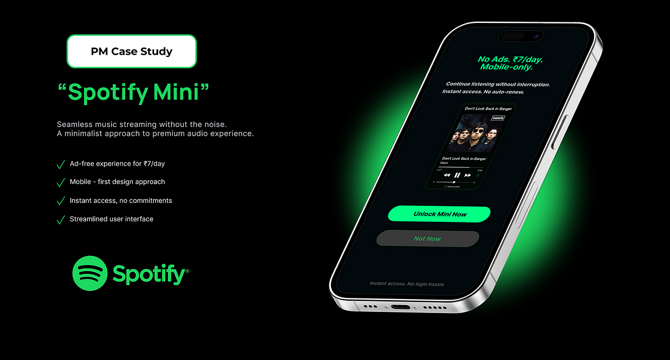
Image Credit: Medium
The ₹7 Plan That Could Win India’s Streaming War
- Spotify introduces Premium Mini targeting India's price-sensitive mobile users with micro-plans for daily listening.
- Indian music streaming market needs flexible, low-commitment options due to low paid user penetration.
- Spotify's strategic move aims to convert free users, offering affordable, culturally intuitive plans for Tier 2/3 cities.
Read Full Article
Like
Medium
160

Digital Marketing And It's Importance.
- Digital marketing has become essential for modern businesses due to its global reach, cost efficiency, advanced targeting, and measurable results.
- Key components of a digital marketing strategy include SEO, content marketing, social media marketing, email marketing, and pay-per-click advertising.
- Businesses can't ignore digital marketing as consumer behavior has shifted towards online interactions and research.
- For beginners, focusing on a mobile-friendly website, social media profiles, SEO, content marketing, ad campaigns, and utilizing free tools is recommended.
Read Full Article
9 Likes
Medium
370
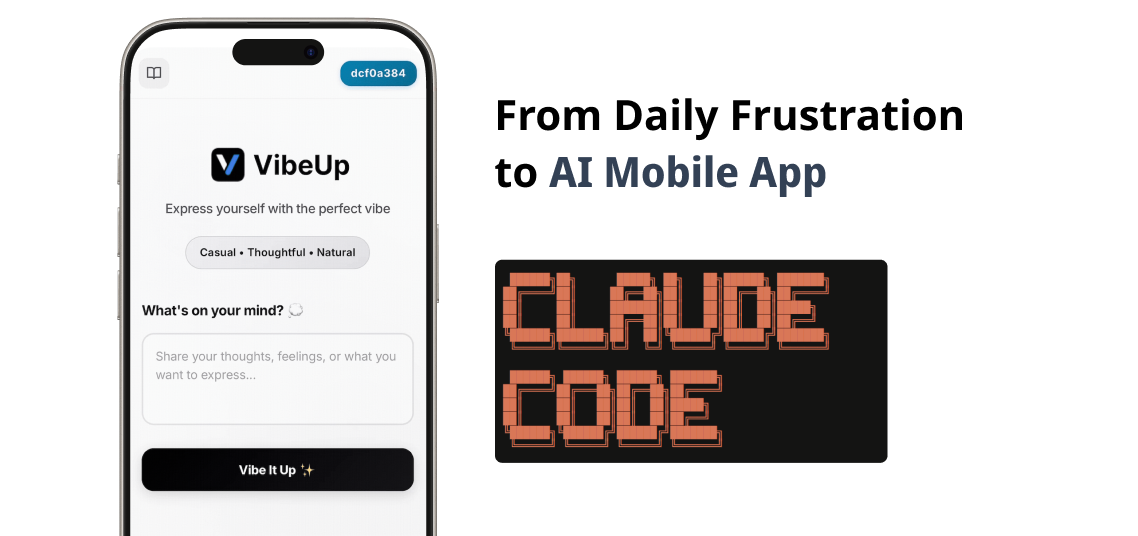
Image Credit: Medium
From Daily Frustration to AI Mobile App in 4 Hours with Claude Code
- Traditional language learning approach: Word → Sentence → Communication. Real communication works differently.
- Developed VibeUp app using AI to improve thought expression. Shift in software building approaches.
- From problem identification to Product Hunt launch in 4 hours using AI development framework.
Read Full Article
22 Likes
Medium
135
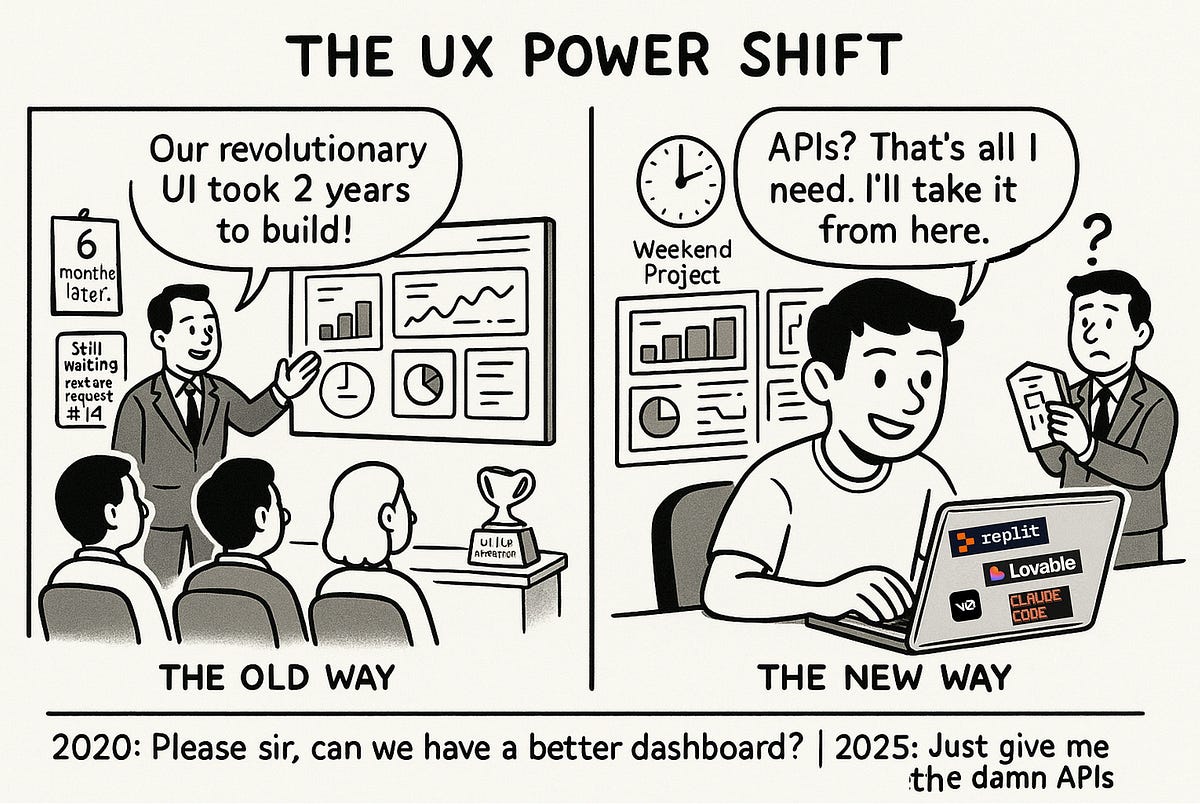
Image Credit: Medium
Your Next Software Decision Won’t Be Easy. If It Is, You’re Doing It Wrong.
- Choosing the right platform is crucial for long-term scalability and adaptability.
- Platforms must be able to handle a wide range of workloads and data types, supporting both current and future needs.
- True platforms prioritize extensibility, scalability, granular security, and flexibility over superficial features.
- Investing in a platform that can evolve with changing requirements is key to avoiding technical debt and remaining competitive in the long run.
Read Full Article
8 Likes
Medium
393
Image Credit: Medium
From Prompting to Prompt Strategy: Why Every Leader Needs to Think Differently About AI
- Transitioning from prompting to prompt strategy is crucial for leaders to optimize AI usage.
- AI can help in generating sharper and cleaner business cases, enhancing consistency, and saving time.
- Leaders should target specific tasks suitable for AI integration, standardize approaches, and focus on the strategic aspect of prompts.
- Prompting initiates the process, while prompt strategy guides effective AI implementation.
Read Full Article
21 Likes
Medium
107
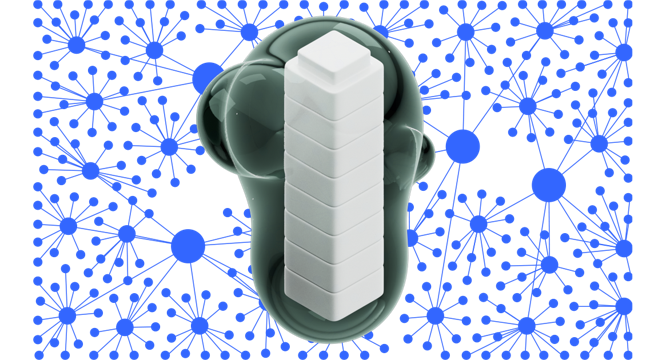
Image Credit: Medium
LLM Visibility for Product Managers
- LLMs like ChatGPT and Google's AI Responses are changing the landscape for product managers, acting as unpaid technical sales reps.
- Quality structured product content is crucial for LLM visibility, becoming a significant battleground, more impactful than traditional SEO.
- AI-generated step-by-step product instructions are prevalent but may lack validation and safety compared to traditional methods.
- Optimizing data for AI, structuring content in systems like DITA or Knowledge Graph, and utilizing RAG for product instructions is essential for success.
Read Full Article
6 Likes
For uninterrupted reading, download the app